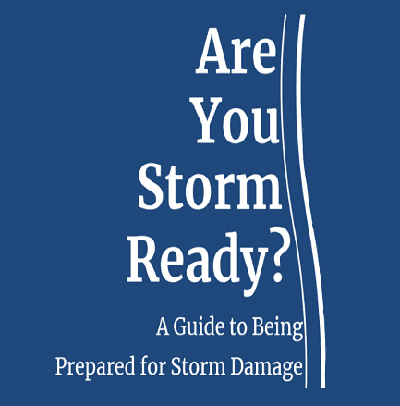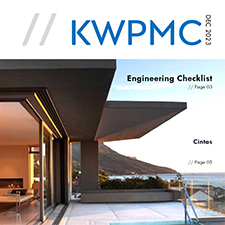
Maintenance Checklist to Enhance Your Community’s Value
By Sherwin Lewis / Published May 2024 As acclaimed author Deniece Schofield describes the importance of proactive maintenance, “Don’t start …

’Extremely Active’ ‘Explosive’ Hurricane Season Coming
Springtime means rising water temperatures in an Atlantic Ocean that is already warmer than usual and with it, a rising …

Preparing for Storm Season: Best Practices Pre- and Post-Storm
With hurricane season quickly approaching, and as the old saying goes, “chance favors the prepared.” Hurricane season starts on June …

Dos and Don’ts of Election Challenges
By Jeffrey A. Rembaum, Esq. / Published March 2024 Pursuant to their relevant statutory provisions, election disputes that take place …

Value and Procurement: Leveraging Technology and Utilizing a Strategic Lens to Manage Costs and Quality
The daily and long-term procurement process can be complex for an association and its leadership. Requirements to purchase goods and …

Many “A” Grades as More Insurance Carriers Enter the Florida Market
Yet many signs of caution, further action needed Demotech issues a strong report card for its Florida property insurance companies, …

Five Questions for Lisa Miller, Florida’s former Deputy Insurance Commissioner
ARTICLE CONTRIBUTED BY: LISA MILLER, CEO OF LISA MILLER & ASSOCIATES Q: Why are Florida’s property insurance rates the highest …

Navigating Budget Adjustments & Increases: A Guide to Effective Communication
ARTICLE CONTRIBUTED BY: OSCAR BORRAS, REGIONAL VICE PRESIDENT AT KW PROPERTY MANAGEMENT & CONSULTING In today’s ever-evolving economic landscape, associations …

Lean on Experts to Navigate a Challenging Budget Cycle
ARTICLE CONTRIBUTED BY: ROXANA DORIGO, EXECUTIVE VICE PRESIDENT OF FINANCE, KW PROPERTY MANAGEMENT & CONSULTING Florida community associations and property …

